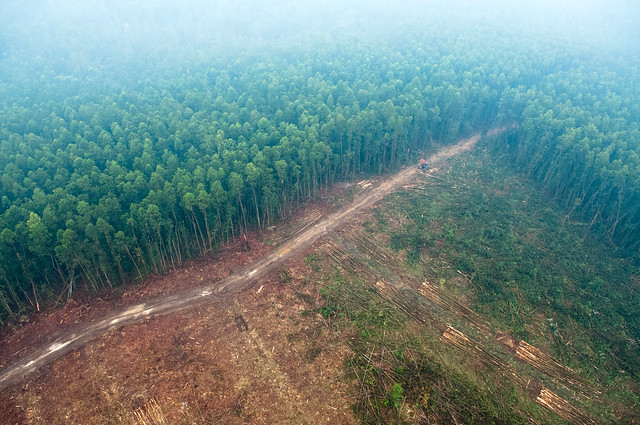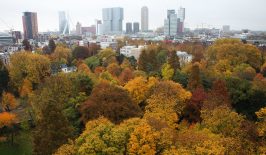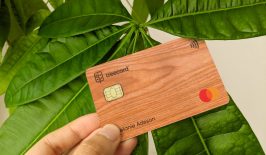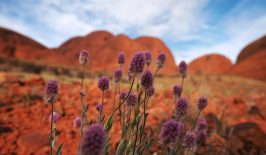As far as environmental destruction goes, deforestation is about as grim as it gets. Consider the deathcycle behind logging: machines put carbon dioxide into the atmosphere on the way to destroying a vital source of taking it back out, all the while victimising wildlife and biodiversity in the process. It is estimated that deforestation is responsible for 8-10 percent of all annual carbon emissions – on par with concrete and steel combined.
The truth is, we need to build things and we need things for building. Herein lies the conundrum. Reducing timber use by switching to readily available alternatives won’t bring us much closer to achieving carbon neutral construction. If we want to log sustainably, insofar as such an ideal can exist, we’re going to have to get smarter about forestry. It starts by talking with trees.
How We Can Use Data to Understand Our Forests
We can learn a lot about our forests by listening to what they tell us. Or, in computer science terms, by looking at the data. Data can reveal a lot about the fauna and flora of a given area which cannot be observed by the naked eye. If we know more about variables like timber quality and nesting schedules, we can tailor our logging operations to yield better wood while leaving a lighter ecological footprint. Simultaneously, we can use data to help us more effectively rebuild forests by choosing optimal soils to seed and trees to grow. Alas, some canopies do more to warm the planet than cool it down.
EDE4.0 is one project exploring the possibilities of data-driven forestry in Germany, a country that consists of one-third trees. The aim is to give foresters a more complete blueprint of their revier – or territory – using remote sensing and ground measurements. Data collection comes from sources like the South German Climate Office and the Karlsruhe Institute of Geography and Geoecology. Dr. Thomas Freudenmann, who co-founded the project, stated:
“There will be an intuitive mobile app that uses AI to support foresters on the ground. It can help in deciding where to harvest or when to replant, including the likelihood of success in planting at a defined location.”
Advanced notice of 2018’s dry summer, for example, could have inspired more sustainable decisions in everything from seeding to supply chains.
From Data to AI
For now, there is plenty of potential to explore at the intersection of data and lumberjacks. Moving forward, however, humans will become increasingly phased out of the equation. The hope is that with enough data, autonomous robots will be able to both raze and restore forests more precisely than men with heavy machinery – and faster. One company in the U.K. estimates its fleet of drones can plant trees 150 times faster – about two trees per second – than by hand. As the neural networks commanding the computers deepen, the AI will be able to perform more sophisticated tasks like forecasting and consulting when it comes to challenges like soil erosion and habitat destruction.
Harvesting timber on the scale our world demands will always have a net negative impact on the environment. But the same is true of other materials, and there are many ways technology can significantly reduce the damages of deforestation. Until we develop a net zero miracle material, AI presents the most promising path toward sustainable wood.








